Multimodality imaging probes: design and challenges
- PMID: 20225900
- PMCID: PMC2878382
- DOI: 10.1021/cr9003538
Multimodality imaging probes: design and challenges
Figures
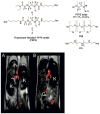
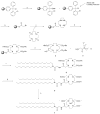








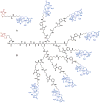









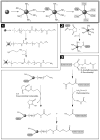

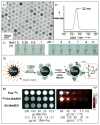
















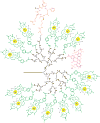




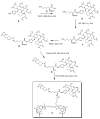


References
Publication types
MeSH terms
Substances
Grants and funding
LinkOut - more resources
Full Text Sources
Other Literature Sources
Medical

